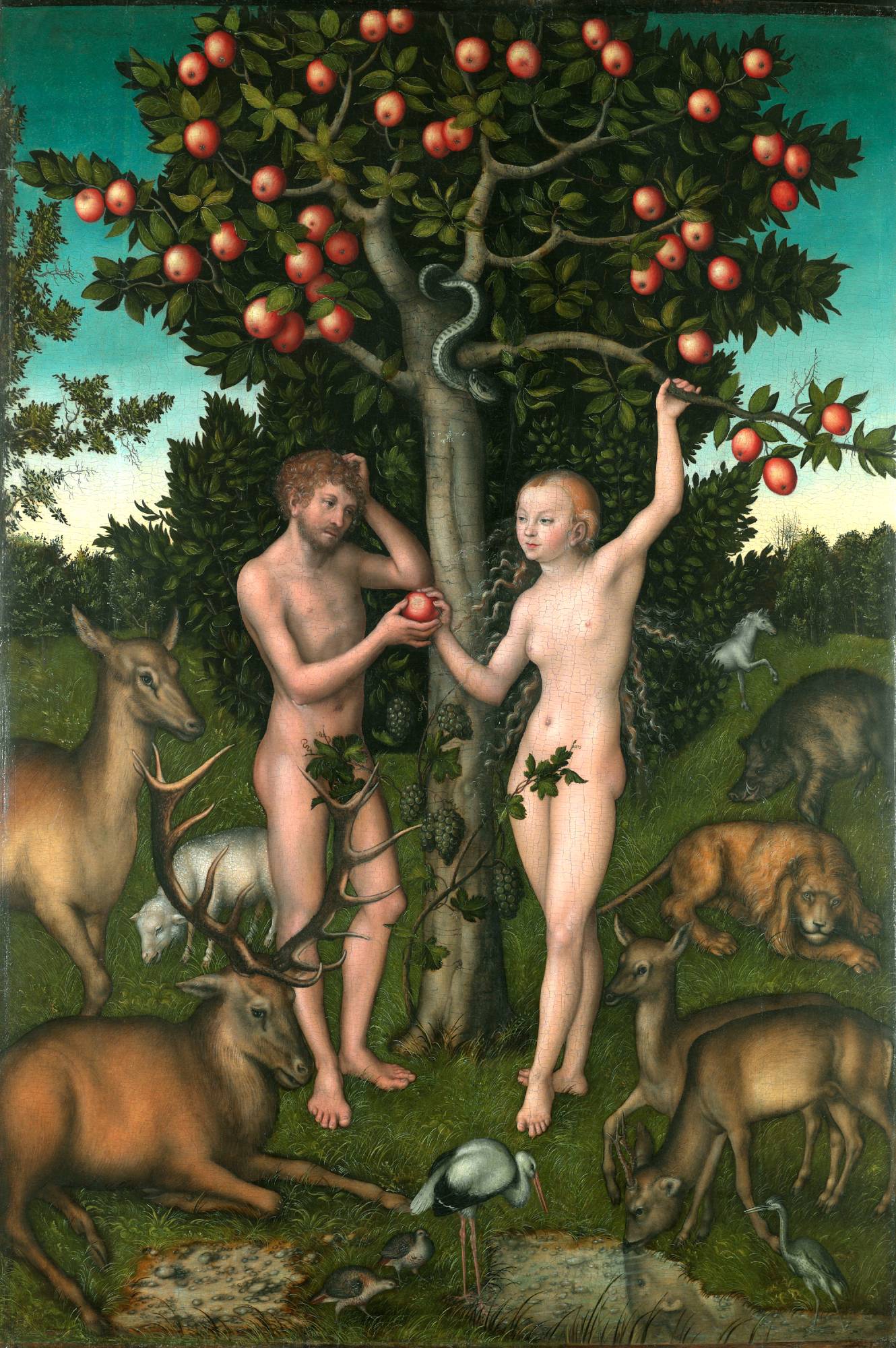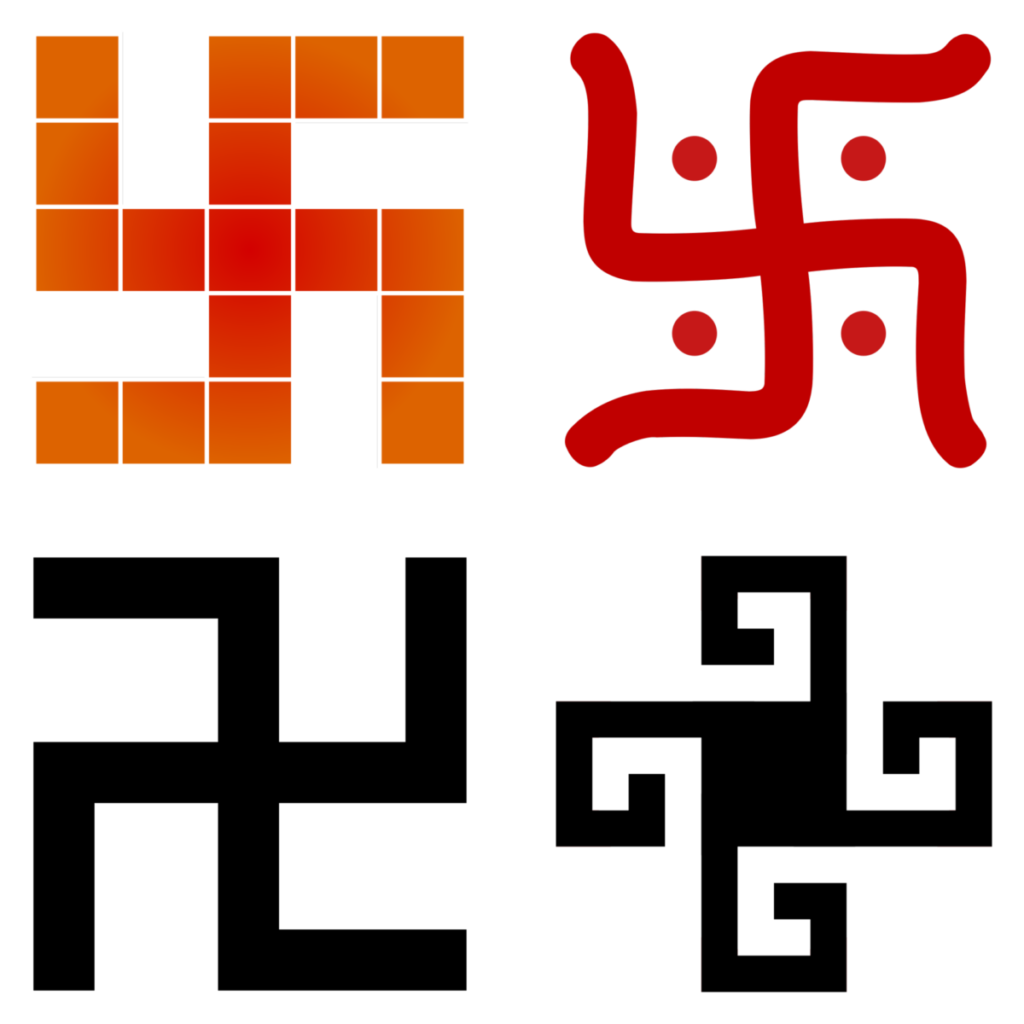Tasks Due Today
- Access LinkedIn Learning with your Public Library Card
- Review Laying the Groundwork & Graphic Design History Refresher
- Participate in Group Discussions
- Set up Hypothesis for offline PDFs
- Complete Assignment: Reading Response 2
- Submit Week 2 Agenda Checklist + Schedule Meeting
This Week’s Topics
- Scheduled Meetings
- Grades
- Signs and Meaning in Communication Design
- Discussions
- Assignment: Reading Response 3
- Week 3 Agenda Checklist
At the end of this session, students should have an understanding of the following:
- Overview of Semiotics and models of communication and how they are relevant to Communication Design.
- Guidelines and expectations for this week’s discussion
- The guidelines and due date for Reading Response 3
Scheduled Meetings
Please use the links below to join one of the scheduled Zoom meetings. In this meeting with the professor and some of your classmates, we will check-in and clarify some logistics about the course structure and grading. It is also a chance to ask questions and discuss some of your interests in preparation for the Research Project. If you have trouble getting into the meeting, please contact: jspevack@citytech.cuny.edu
- Monday, Sept. 13th, 4pm: Zoom Link
- Monday, Sept. 13th, 5pm: Zoom Link
- Tuesday, Sept. 14th, 12pm: Zoom Link
- Wednesday, Sept. 15th, 3pm: Zoom Link
- Thursday, Sept. 16th, 1pm: Zoom Link
Grades
Your grades for the first week’s assignments and discussions have been posted to the OpenLab Course Gradebook! You should have received a private comment and grade on your Reading Response 1 post. Check the post to see the comment, grade, and some inline comments via Hypothesis. You will see a check if you contributed to the class discussion posts, per the guidelines. Participation, including Discussion, will be tallied and graded at midterm.
Activities
Below find the information covered in this session. Complete all of the following activities, videos, and assignments.
1. Signs and Meaning in Communication Design (30 min)
Our second reading assignment was an introduction to semiotics and methods of communication. These two topics directly relate to how we understand communication design from a theoretical perspective. As we discovered in the reading, the field of semiotics, influenced by Ferdinand de Saussure, is defined as the theory of signs. Sean Hall notes, “signing is vital to human existence because it underlies all forms of communication.”
A sign is composed of a signifier and a signified. The signifier is the sound-image that we see, speak or hear to refer to the sign. The signified is the concept that our mind conjures in relation to the sign. The sign is the whole of these parts.
In the example below, the image of the apple is a signifier. The concept that our mind conjures when we see this image is the signified. When you see the apple, you recognize it as a familiar piece of fruit. Same as if we saw or heard the word “apple” or if we speak/read another language: “苹果” or ” تَفَّاحَة” or”manzana.” The context also matters. In this painting, if we are familiar with the story of Adam and Eve, the signified is also “temptation.”

The signs we use to communicate are arbitrary and their meaning develops over time. Charles Sanders Pierce, another important figure in the field of semiotics, showed that signs can take different forms:
- Icon = signifier resembles the signified
- Index = signifier is caused by the signified
- Symbol = arbitrary relationship between signifier and signified.

As visual designers, we use language as words and images to communicate with our audience. It’s important to understand how meaning is made through communication and to be aware of how our messages are being transmitted and received. Non-literal forms of communication are important for design, advertising, illustration, filmmaking, fashion, and journalism because they help with the transmission of meaning. Examples are simile, metaphor, metonym, synecdoche, irony, lies, impossibility, depiction, and representation. In our discussions this week, we will try to find examples of these devices in contemporary and historical media.
Careful analysis of the message cycle can help us to understand when our communication works and when it doesn’t and why. Understanding and using signs effectively is critical to how and why meaning gets made. If we are aware of these concepts and the communication process, we can be more effective communication designers!
Check out the following videos to reinforce the following concepts: sign, signifier, signified, icon, index, symbol, sender, receiver, noise, feedback.
2. Discussion (30-45 Minutes)
The following Discussion post contains prompts to consider in response to the readings and videos on Semiotics, Signs, Meaning, and Models of Communication. Try to connect the concepts presented with historical and contemporary design examples.
Comment at least 5 times in the Discussion post by Friday, Sep 17th at 11:59 pm to allow time for responses. Follow-up responses should be submitted by Sunday, September 19th, 6 pm. Reminder: free sharing of ideas helps us learn and it’s also part of your participation grade. 🙂
3. Assignment: Reading Response 3 (2+ Hours)
Follow the assignment guidelines and prompts: Reading Response 3 – DUE 9/19 by 6pm
You will be reading and annotating three texts written by members of the early avant-garde Futurist and Constructivist Movements. These are found in our main text Graphic Design Theory: Readings From the Field by Helen Armstrong on pages 19-31.
Read F.T. Marinetti, “Manifesto of Futurism”; Aleksandr Rodchenko, “Who We Are: Manifesto of the Constructivist Group”; and El Lissitzky, “Our Book” with your classmates in our Hypothesis group COMD3504_OL08.
As before, after annotating the text, create a rough draft of your response in your Research Journal. Your response should be about 200 words and checked for spelling and grammar errors. Publish your finished response on the class site, using the guidelines provided.
Resources
- Assignment: Reading Response 3
- Discussion Week 3
- Using Hypothesis
- Research Journal
- Grammarly
- Reading Response (Example) post
Week 3 Agenda Checklist
Below are all of the tasks, big and small, for this week. The deadline is Sunday, September 19th, 6 pm to allow time for review before the next agenda is posted. Successful and timely completion of these tasks will contribute to your grade.
If you have any questions, don’t hesitate to reach out: jspevack@citytech.cuny.edu







Recent Comments